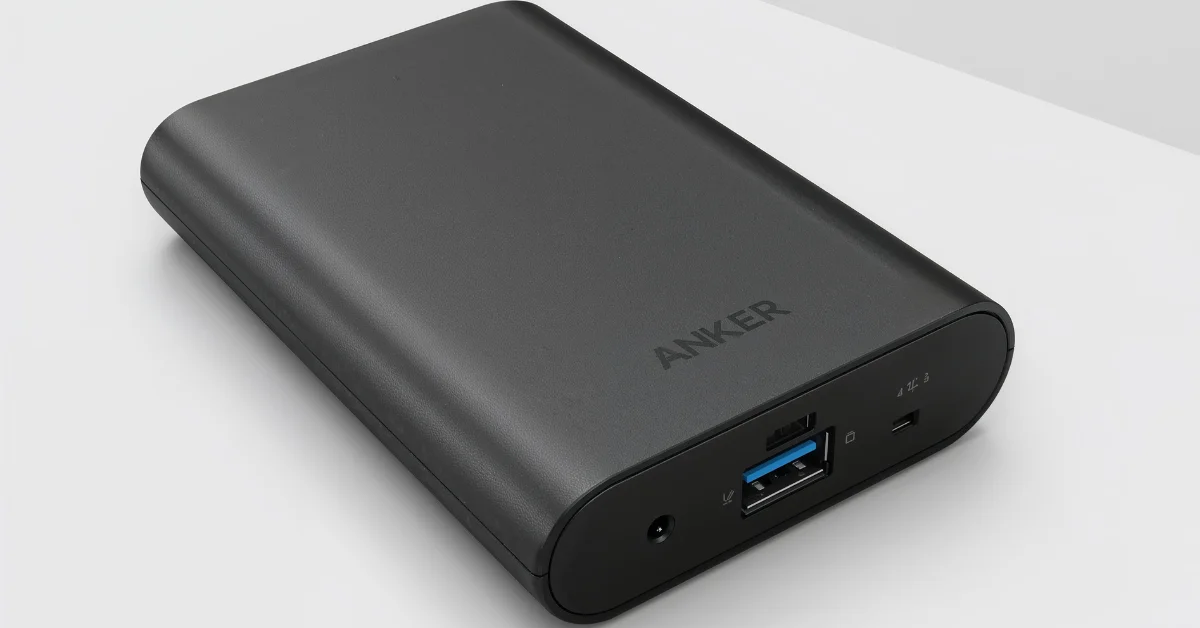A large-scale internet outage triggered widespread disruptions across a variety of major websites and online services on Thursday afternoon. Downdetector tracked a dramatic surge in service interruption reports, flagging simultaneous malfunctions affecting key platforms including Google (Search, Gmail, Drive, Chat), Spotify, Discord, Snapchat, YouTube, OpenAI, and several others.
Additionally, third-party and infrastructural services were impacted, such as Cloudflare, Microsoft Azure, UPS, Verizon, DoorDash, Shopify, Etsy, Vimeo, Calendly, Paramount+, IKEA, Twitch, and Microsoft 365.
Evidence points to a failure within Google Cloud’s storage infrastructure. Cloudflare, which relies on Google Cloud for some of its services, confirmed that this issue cascaded through its systems particularly impacting its Workers KV (Key‑Value) data store causing intermittent failures.
Google confirmed via a status update that engineers identified the root cause and implemented mitigations, but noted that full recovery didn’t have an immediate ETA.
The outages began just prior to 2 p.m. EDT on June 12. According to Cloudflare, the issue persisted for approximately 2 hours and 28 minutes before initial systems began recovering. Many services were back online by early evening, though Google engineers continued working to fully restore all affected components.
By June 13, Google officially announced that its cloud services and associated platforms were fully restored globally.
- Downdetector peak reports:
- Spotify: 40,000
- Discord: 11,000
- Google services: 10,800
- Snapchat: 3,500
- User reports:
- “According to DownDetector there are a TON of providers out right now, I’ve never seen it this bad before.”
“Cloudflare is down”.
- “According to DownDetector there are a TON of providers out right now, I’ve never seen it this bad before.”
Users across social media expressed confusion and concern some jokingly asked if “this is the end of the internet” while others highlighted the ripple effects on essential services like banking app access, smart home controls, and work-from-home tools.
This event ranks among the more significant tech outages in recent years, following incidents involving Fastly (2021), Meta (2021), Google itself (2020), and the massive CrowdStrike-related Windows crash (July 2024).
Industry experts note that outages are often exacerbated by modern infrastructure dependencies when a key cloud provider falters, ecosystems spanning countless apps and services can be affected.
- Organizations relying on diverse cloud services should invest in multi-cloud redundancy or local fallback measures.
- Real-time monitoring tools like Downdetector are invaluable for early detection and public awareness of such widespread incidents.
- Faster, more transparent communication from cloud providers helps manage user expectations during disruption events.
- Post-Incident Analysis: Google plans to publish a detailed breakdown of what happened once their internal investigation concludes.
- Preventive Measures: Cloud providers may accelerate efforts to bolster storage resiliency and offer better fail-over strategies.
This outage serves as a stark reminder of how heavily our digital infrastructure depends on a few major platforms and how their failure can ripple across the globe in mere minutes.



